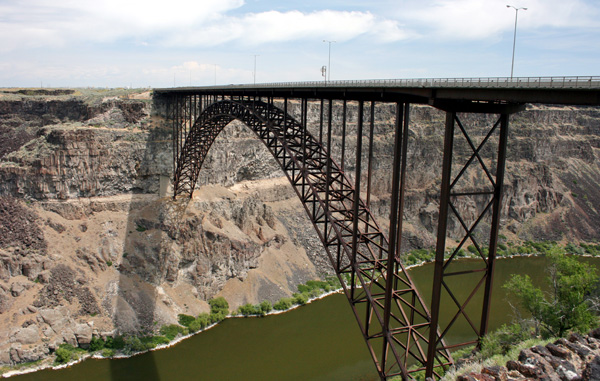Overview
As infrastructure continues to age, the engineers who designed and had first-hand knowledge of the then new structures (e.g., the Interstate era), eventually exit the workforce. Further, engineering programs, research, and associated coursework move forward and evolve over time. Obviously, these advances in education are essential to progress with new designs and new materials. However, the vast majority of the infrastructure is comprised of structures built with older materials, design philosophies, and construction practices that are no longer discussed in the classroom. The average age of a steel bridge in Indiana, for example, is about 50 years, and similar statistics are found throughout the US. Further, most of the major "landmark" river crossings are steel structures that are approaching or already exceeded their design lives. A quick review of the brides crossing the Ohio, Hudson, or Mississippi Rivers provides stark reminders of the age of our infrastructure. Unfortunately, in many cases, this has left these critical structures effectively abandoned when it comes to ensuring their "healthcare" professionals are adequately trained. Clearly, a well-rounded workforce must include engineers prepared to design the structures of the future working hand-in-hand with engineers prepared to maintain the structures of the past.
To successfully maintain the existing steel bridge inventory, expertise is needed in the areas of deterioration, fatigue, fracture, corrosion, repair/retrofit, coatings, materials, NDE, riveting, welding, fabrication, etc. There are multiple reasons for this loss of expertise, including budget cuts, natural attrition, and a diminishing pool of technical expertise related to aging infrastructure. Regardless of the cause, the effects are clearly seen in DOTs across the United States. Some of these needs must be addressed through new research, while others can be addressed through improved training. In some select cases, individual experts are needed for specific consultation in order to solve unique, complex problems.
Utilizing some of Purdue's existing strengths in education and research, the S-BRITE Center engages faculty and engineers from around the country in order to explore partnership opportunities in training and research. Finally, a "Distributed Expertise Network" (DEN), which includes specific experts from inside and outside of Purdue, assists Center Partners with specific and complex problems.
The S-BRITE Center fills a growing need in the transportation industry as it relates to existing and aging steel bridges.

Perrine Bridge, Twin Falls, Idaho
